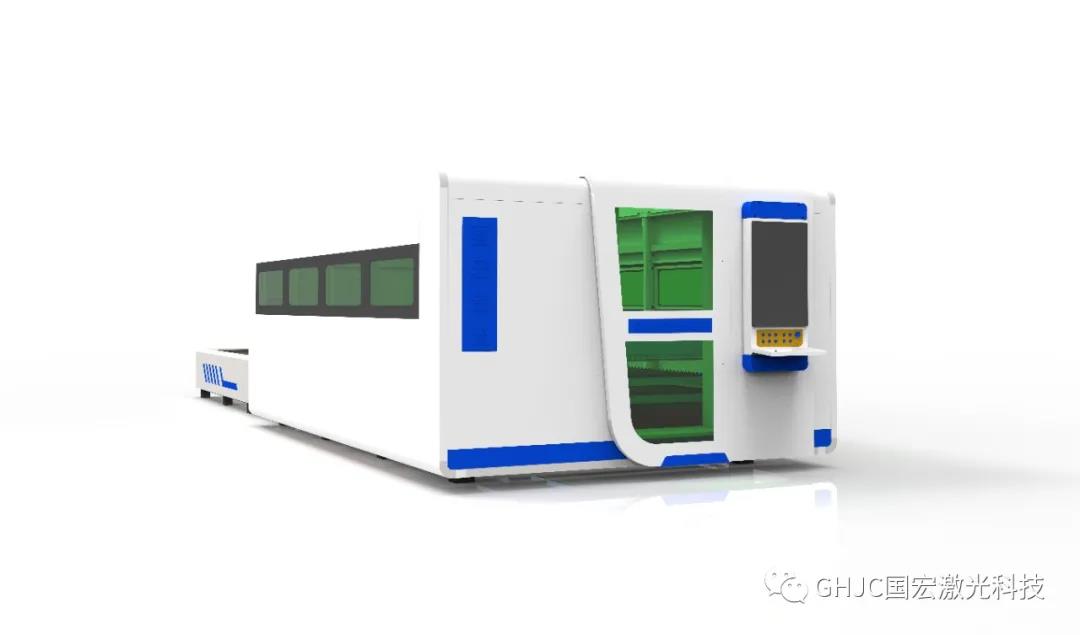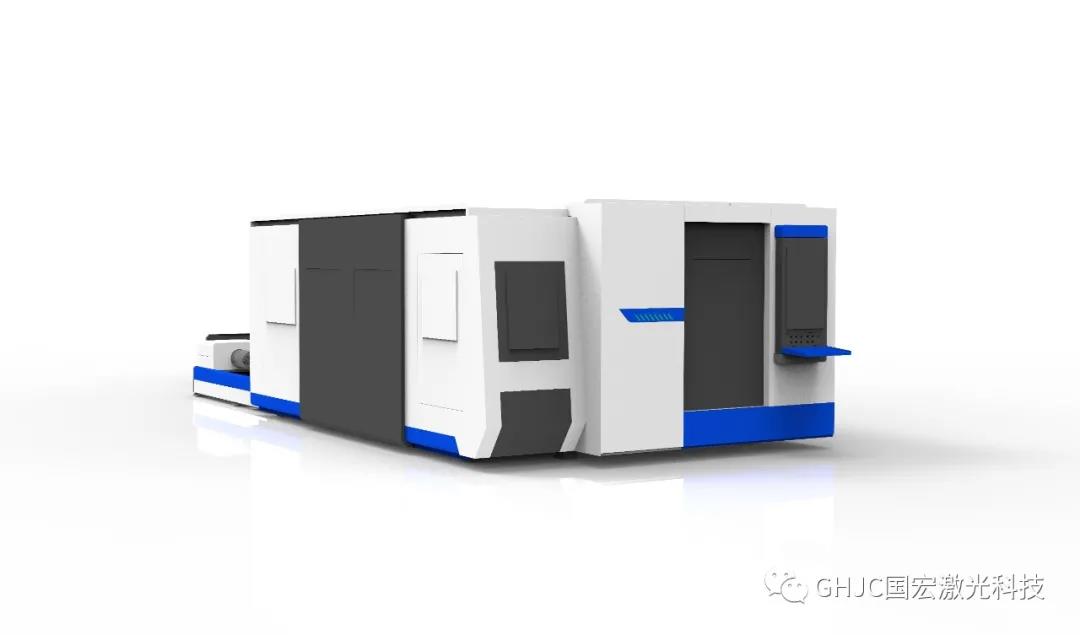There are usually three auxiliary gases for laser cutting machines: oxygen, air and nitrogen. Different auxiliary gases are used to cut different materials. Depending on the thickness of the cutting material, the pressure and flow rate of the auxiliary gas are also different, and the pressure of the auxiliary gas has a direct effect on the laser cutting effect. The auxiliary gas can blow away the slag in time when the laser cutting machine is running, cool the workpiece and clean the lens.
Using different auxiliary gases can also change the cutting speed and cutting surface quality. Common types of auxiliary gas are oxygen, air and nitrogen.
1. Compressed air
Air is suitable for cutting aluminum, non-metal and galvanized steel sheets. To a certain extent, it can reduce oxide film and save costs. Generally, it is used when the cutting plate is relatively not thick and the cutting end face is not too high. It is used in some product industries such as sheet metal chassis, cabinets, and other products.
2. Nitrogen
Nitrogen is an inert gas, which prevents oxidation of the cut end surface of the product during cutting, and prevents combustion (prone to occur when the sheet is thicker. Products that require higher cutting end surfaces and are exposed and do not need to be processed can choose nitrogen. For example, some decoration industries, aviation Aerospace and other special parts;
3. Oxygen
Oxygen mainly plays a role in supporting combustion, which can increase the speed during cutting and increase the thickness of the cutting. Oxygen is suitable for thick plate cutting, high-speed cutting and very thin plate cutting. For example, some large carbon steel plates and some thicker carbon steel structures can use oxygen.
Increasing the gas pressure of the laser cutting machine can increase the cutting speed, but after reaching a maximum value, continuing to increase the gas pressure will cause the cutting speed to drop. Under high auxiliary gas pressure, the reason for the decrease in cutting speed can be attributed to the enhancement of the cooling effect of the laser action area by the high air velocity, and the interference of the intermittent shock wave existing in the airflow on the cooling of the laser action area.
The uneven pressure and temperature in the airflow will cause changes in the density of the airflow field. Such a density gradient results in a change in the refractive index in the field, thereby constricting the focus of the beam energy, causing refocusing or beam divergence. This interference will affect the melting efficiency, and sometimes may change the mode structure, resulting in a decrease in cutting quality, if the beam diverges too much. Make the light spot too large, and even cause serious consequences that cannot be effectively cut
Guohong Laser, professional manufacturer of optical fiber laser cutting machine!
For more information about fiber laser cutting machine, please kindly send an inquiry, our sales manager will send you technical solutions right away.
Post time: Oct-15-2021



